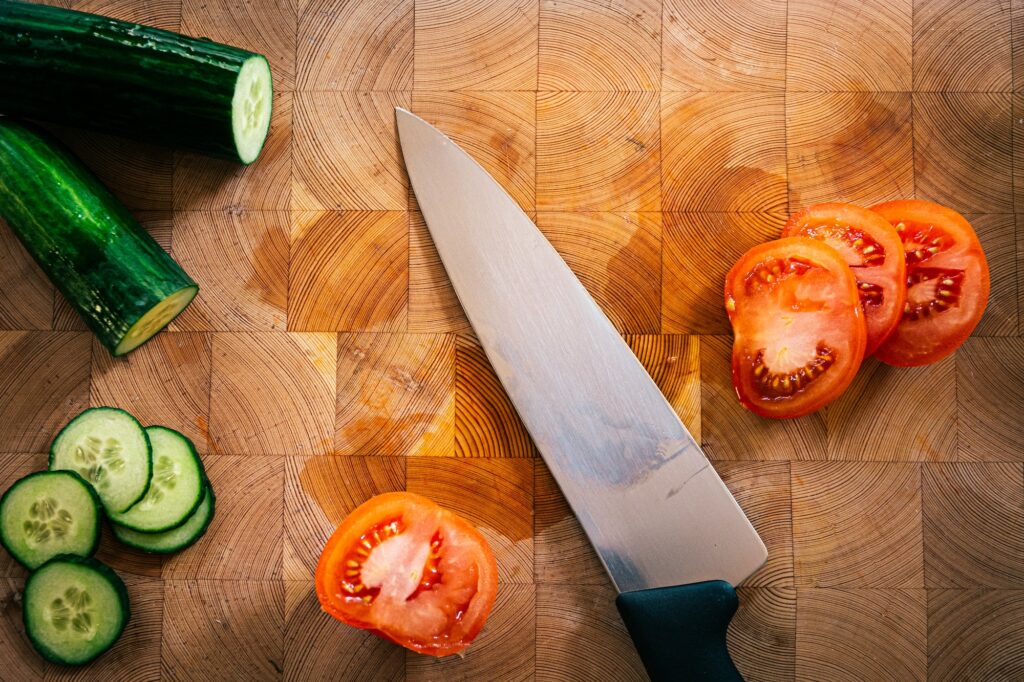When preparing seafood, one fundamental question arises: what color cutting board for seafood? Choosing the right color of a cutting board is crucial for kitchen professionals, ensuring food safety and maintaining sanitation standards. Using the appropriate colors allows you to prevent cross-contamination while keeping your workspace organized and efficient.
In professional kitchens, colors play a vital role in food preparation. A well-structured color-coded system not only enhances safety but also improves workflow. In this article, well delve into various colors of cutting boards and discuss why choosing a specific color for handling seafood is paramount.

Understanding Color Codes in Kitchen Settings
Understanding the importance of color coding is essential for every kitchen professional. Cutting boards can be categorized based on the type of food being prepared, which mitigates the risk of cross-contamination. When it comes to seafood, it is recommended to use a separate cutting board of a unique color to distinguish it clearly from other food types.
Among the several color codes, green is generally designated for vegetables, while red is often used for meats. However, blue is specifically recognized for seafood. Using a blue cutting board not only signifies that you're preparing seafood but also ensures that all other food items remain clear of any contamination risks. This is fundamental when working in environments where health and safety regulations are stringent.
Types of Cutting Boards and Their Materials
Now that we understand the significance of color coding, lets take a closer look at the various types of cutting boards available for different culinary practices.
Plastic Cutting Boards
Plastic cutting boards are lightweight and available in various colors, including blue. They are easy to clean and maintain, making them suitable for seafood and raw meats. For seafood preparation, plastic boards are preferable because they can be sanitized thoroughly.
Wooden Cutting Boards
Wooden cutting boards offer a classic appeal and are often favored for their sturdiness and aesthetics. However, they require proper maintenance as they can harbor bacteria if not cleaned correctly. It's essential never to use wooden boards for seafood as they can retain odors and bacteria.
Composite Cutting Boards
Composite boards merge the best of both plastic and wood, offering durable and eco-friendly options. They can handle different food types without warping or cracking and can also be marked in designated colors for safety.
Safe Practices When Using Cutting Boards
It's not just about having the right color cutting board for seafood; there are also best practices for using them:
1. Always Clean After Use
After using a cutting board for seafood, it is essential to wash it with hot, soapy water and sanitize it. This will remove any lingering bacteria and ensure that your kitchen remains safe.
2. Avoid Cross-Use
Do not use your seafood cutting board for other food types, especially raw meats or vegetables. This is to prevent any possible cross-contamination that may lead to foodborne illnesses.
3. Choose the Right Size
A cutting board should be large enough to accommodate the entire preparation process comfortably. This is especially important in professional settings where multiple ingredients may be processed simultaneously.
Why Blue Cutting Boards Matter for Seafood
The color blue carries significant importance for seafood. The psychological aspect of color is such that blue is calming and often associated with cleanliness, making it the best choice for handling seafood products. Visual discrimination helps staff quickly identify the cutting board designated for seafood, reducing chances of error.
Moreover, blue cutting boards are readily available, and their distinctiveness aids in promoting an organized cooking environment. Consider investing in universally approved color-coded boards to ensure compliance with health and safety standards.
Conclusion: Best Practices for Seafood Preparation
In conclusion, when answering the question what color cutting board for seafood, turning to the color blue is the simplest solution. Alongside proper cleaning and sanitizing practices, ensuring that blue boards are consistently used for seafood will promote the safety and quality held in professional kitchens.
For more insights on maintaining your cutting boards, check this guide on cutting board colors. Additionally, learning about how to clean and sanitize your boards is essential; refer to this resource for more details on sanitization practices: cleaning cutting boards.

FAQs
Why is using a blue cutting board important for seafood?
Using a blue cutting board simplifies the identification of food types, minimizing cross-contamination risks.
Can I use a wooden board for seafood?
No, it is not advisable. Wooden boards can soak up moisture and retain bacterial growth, making them unsuitable for seafood preparation.
How should I clean my cutting board after using seafood?
It should be washed with hot, soapy water, rinsed thoroughly, and then sanitized with a suitable cleaning solution.
As an Amazon Associate, I earn from qualifying purchases.


























